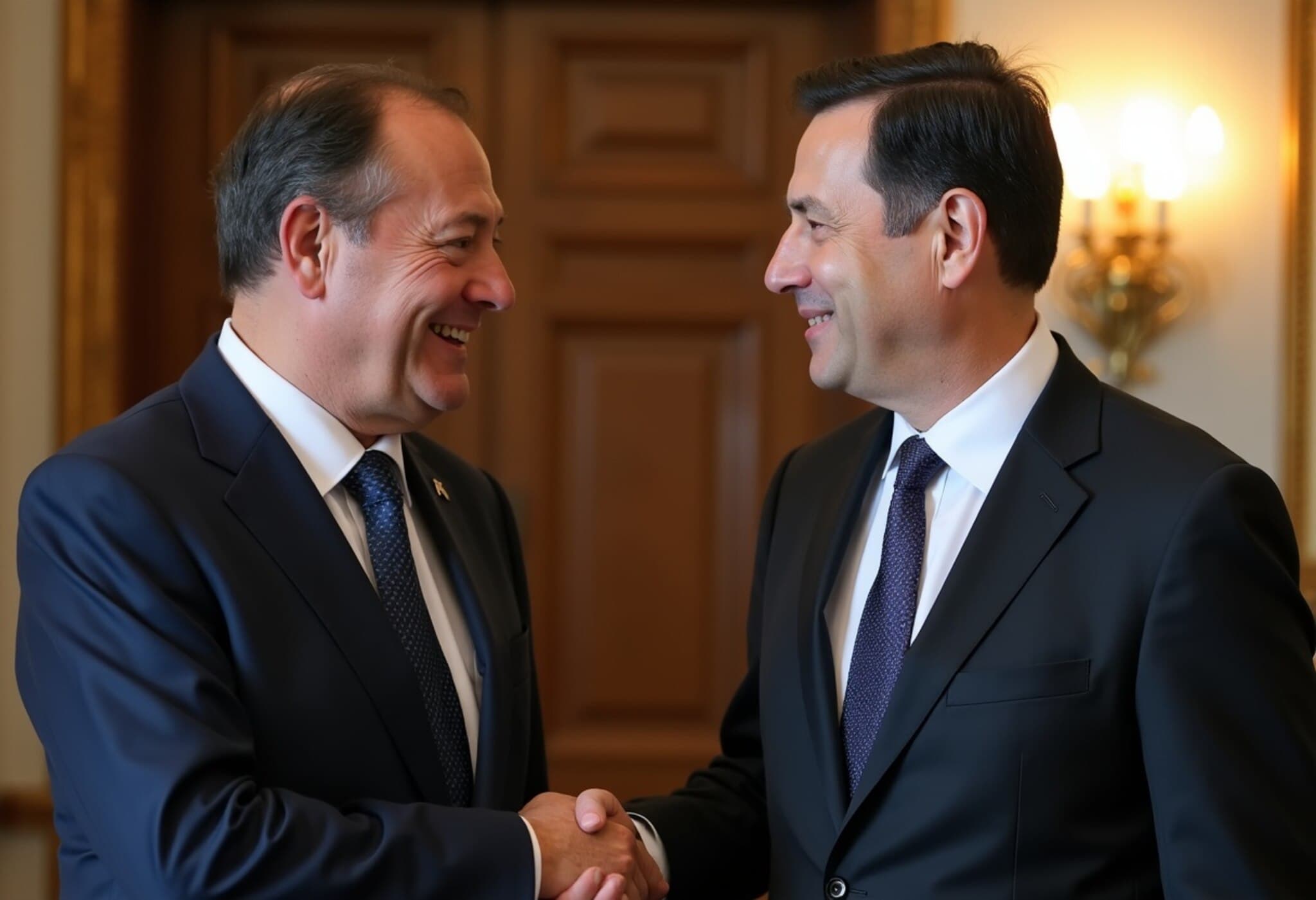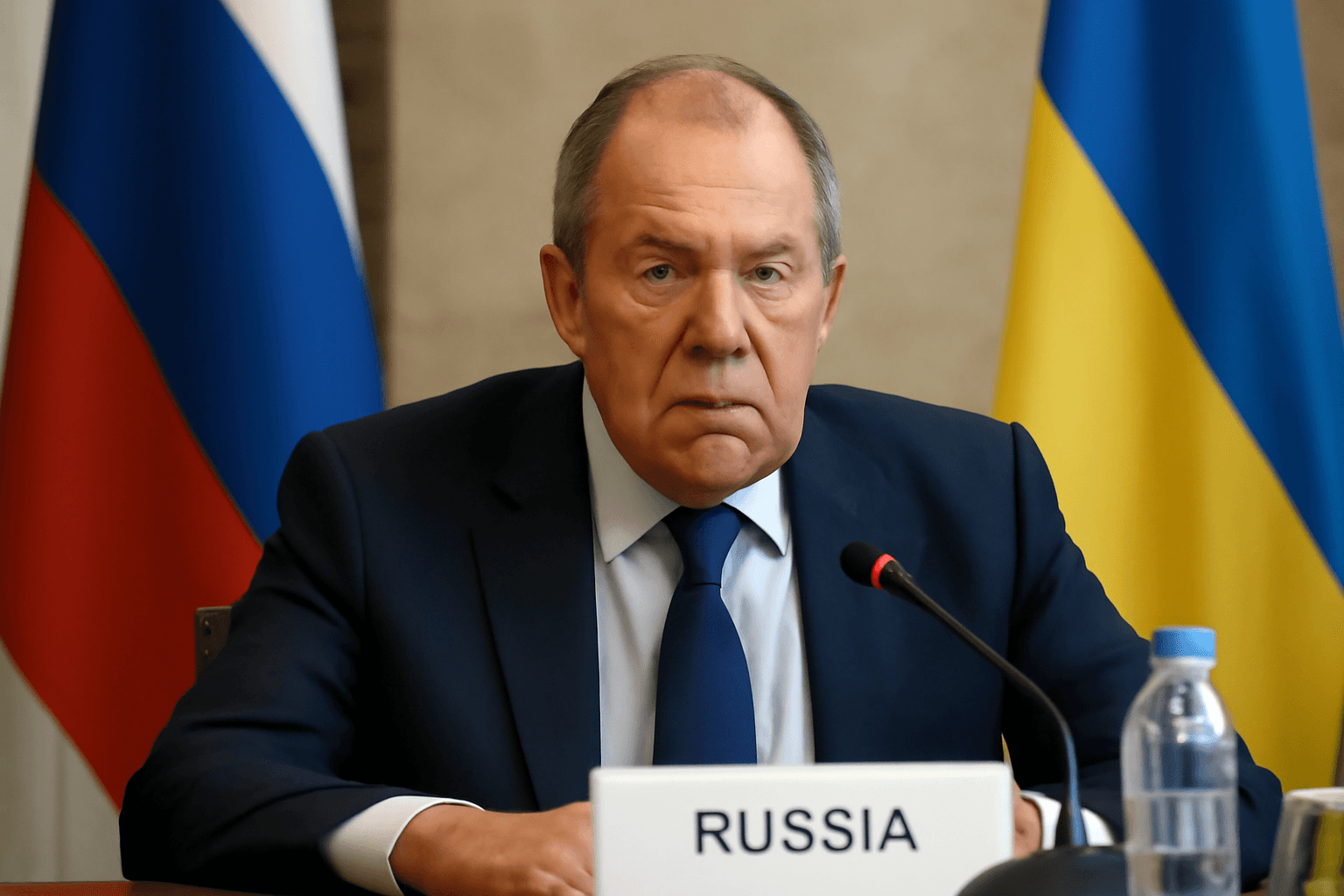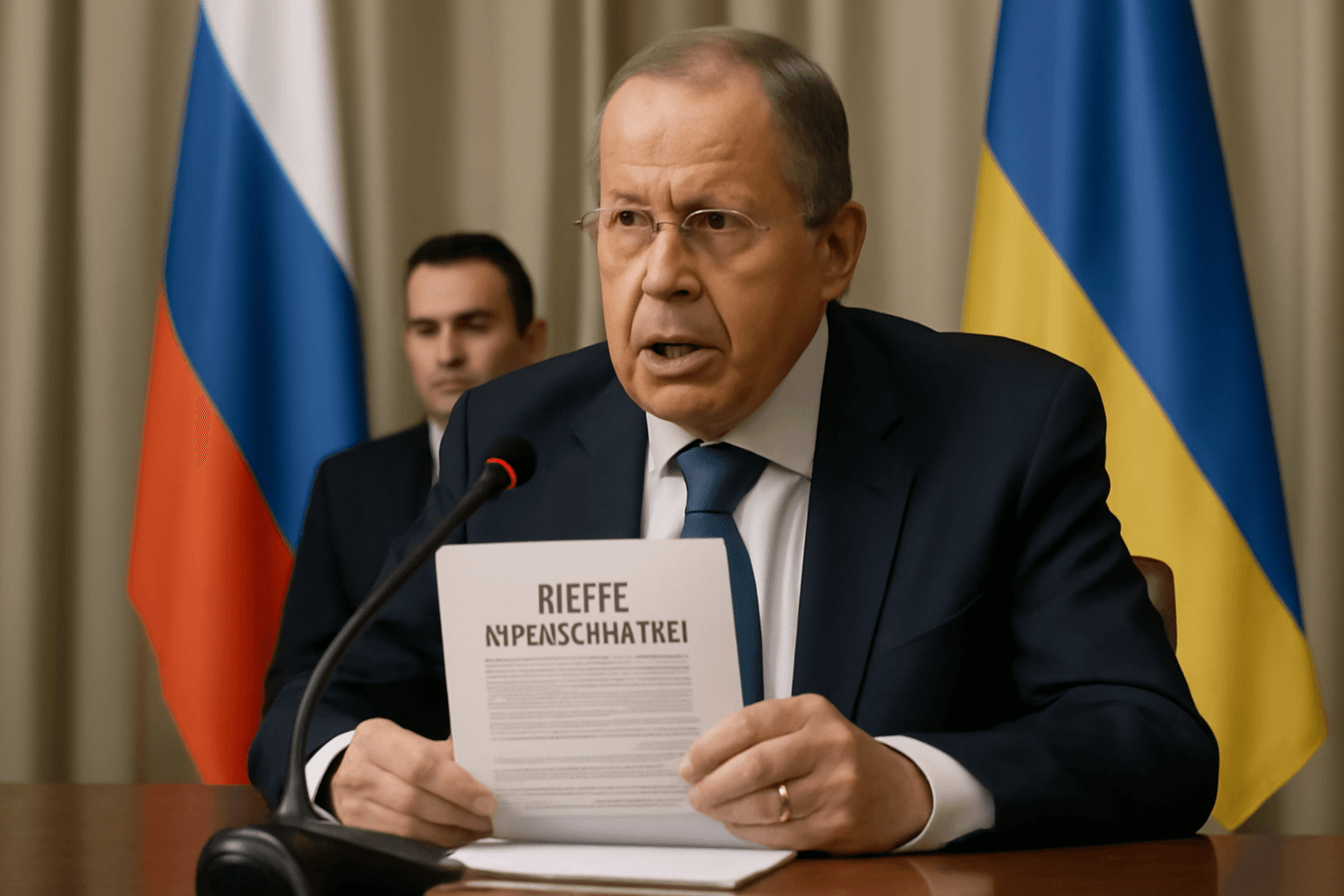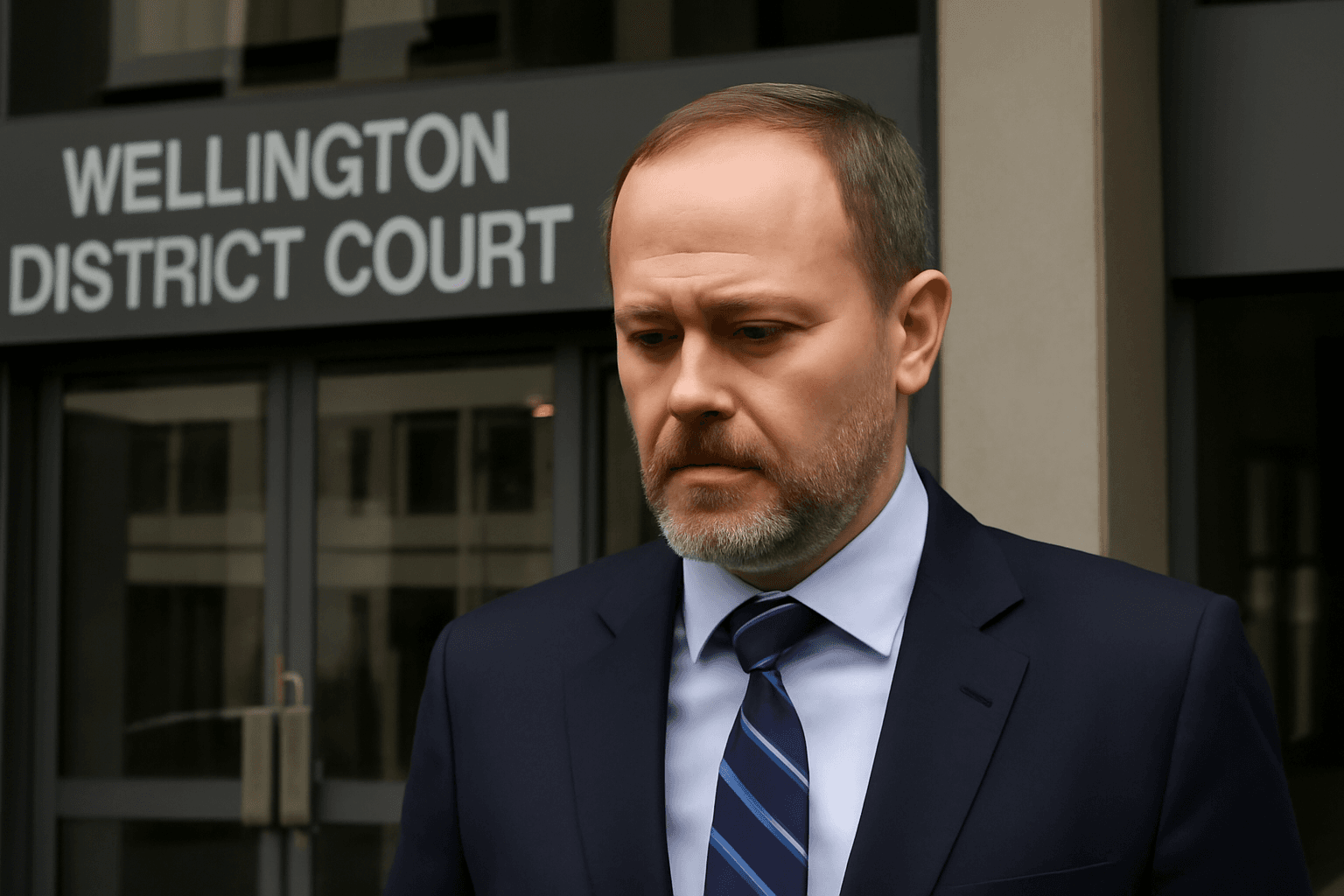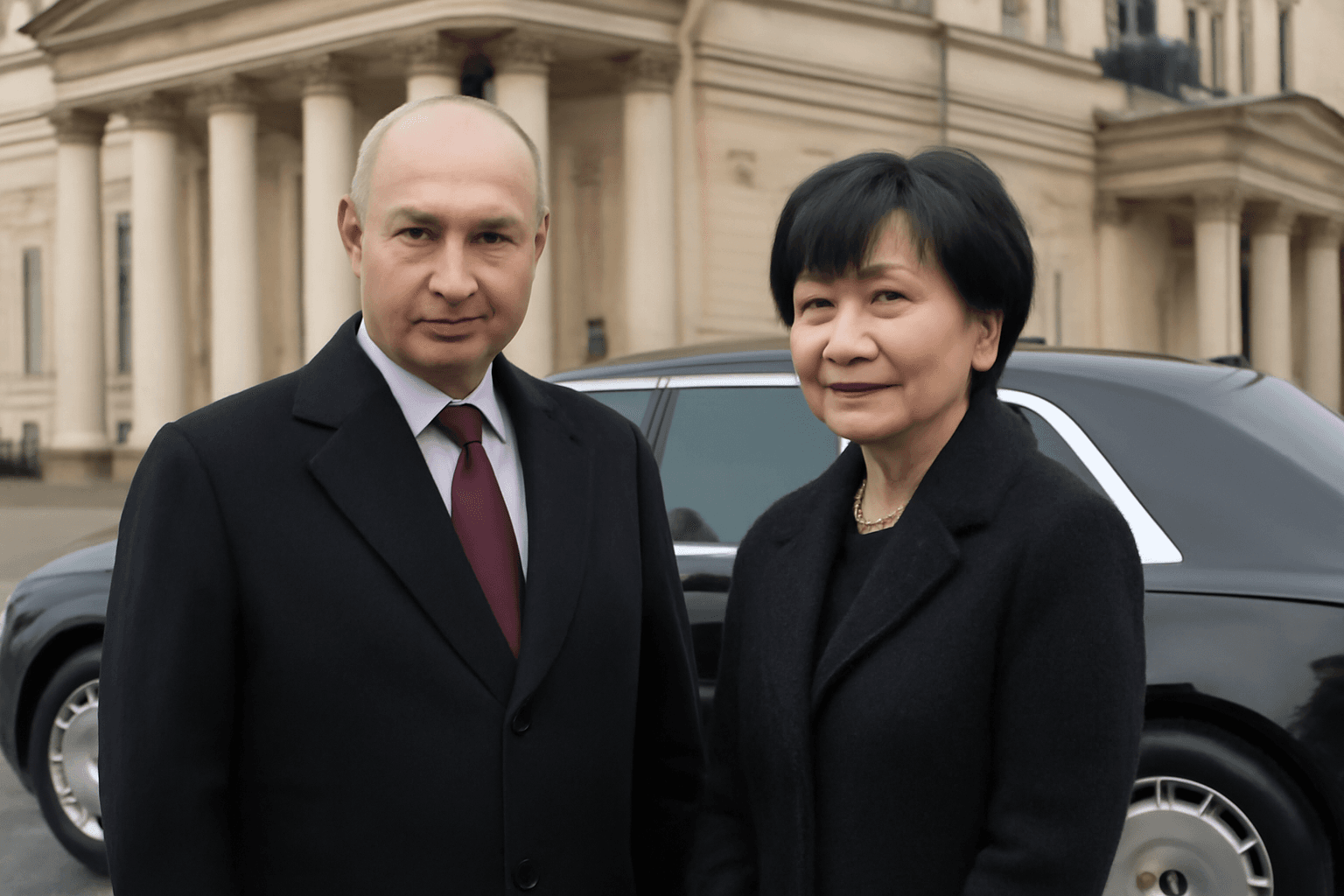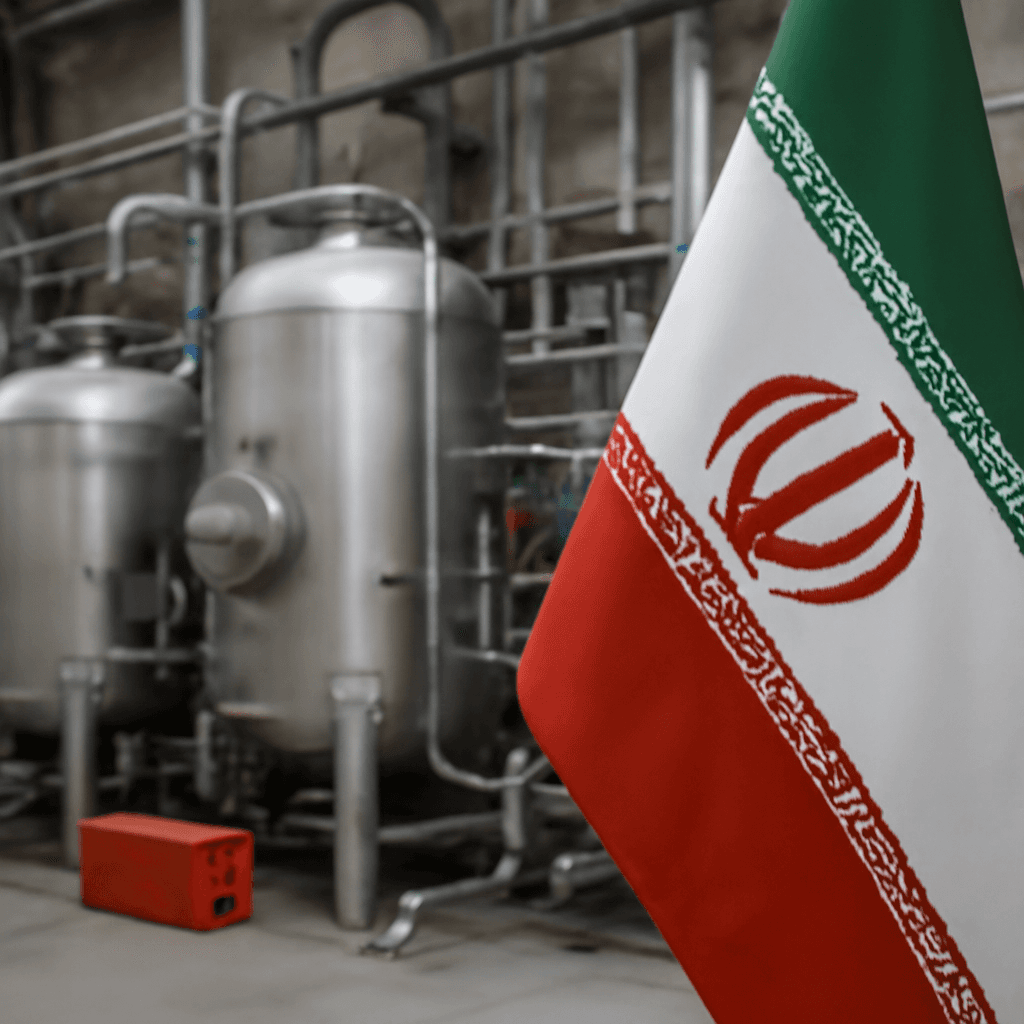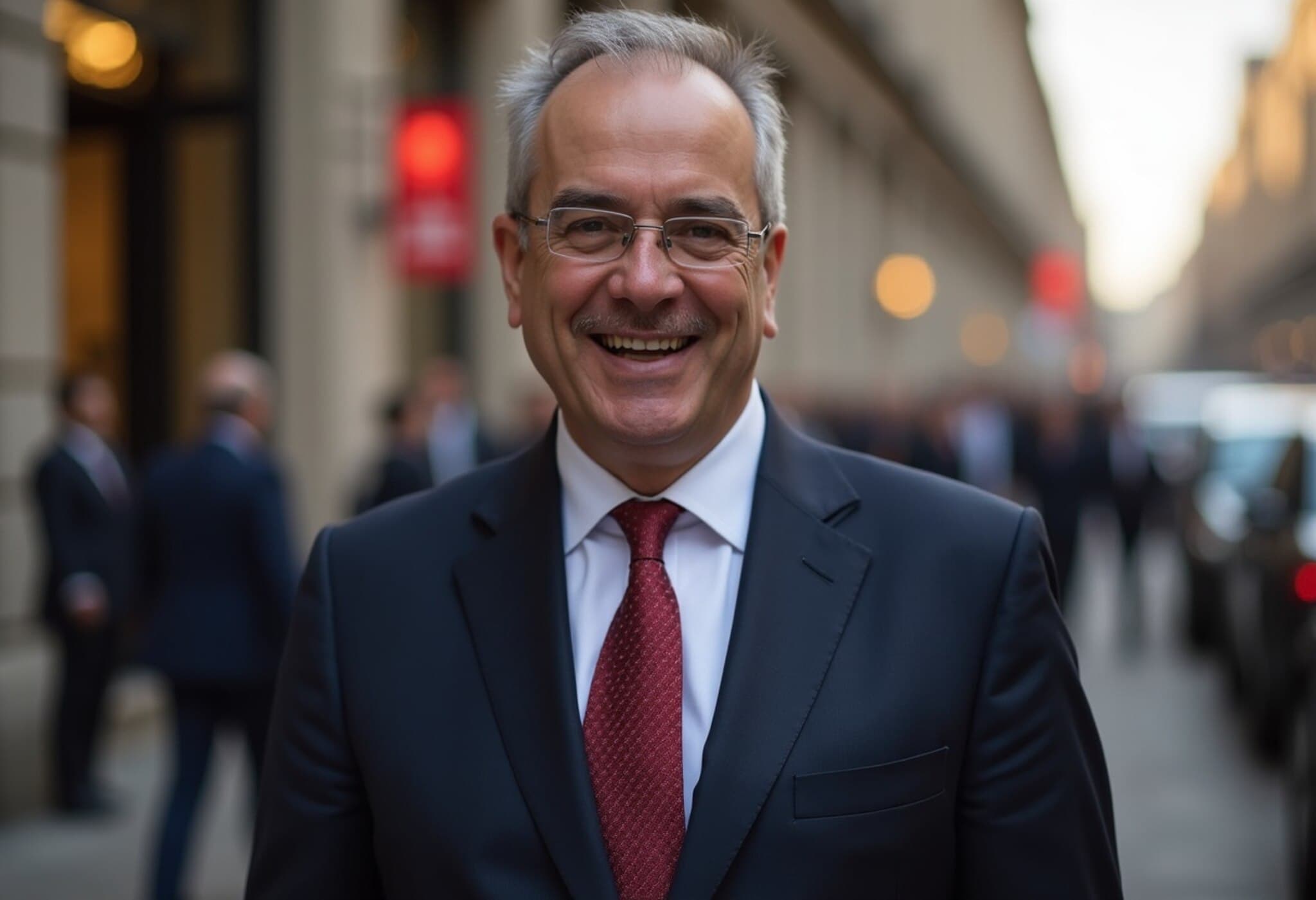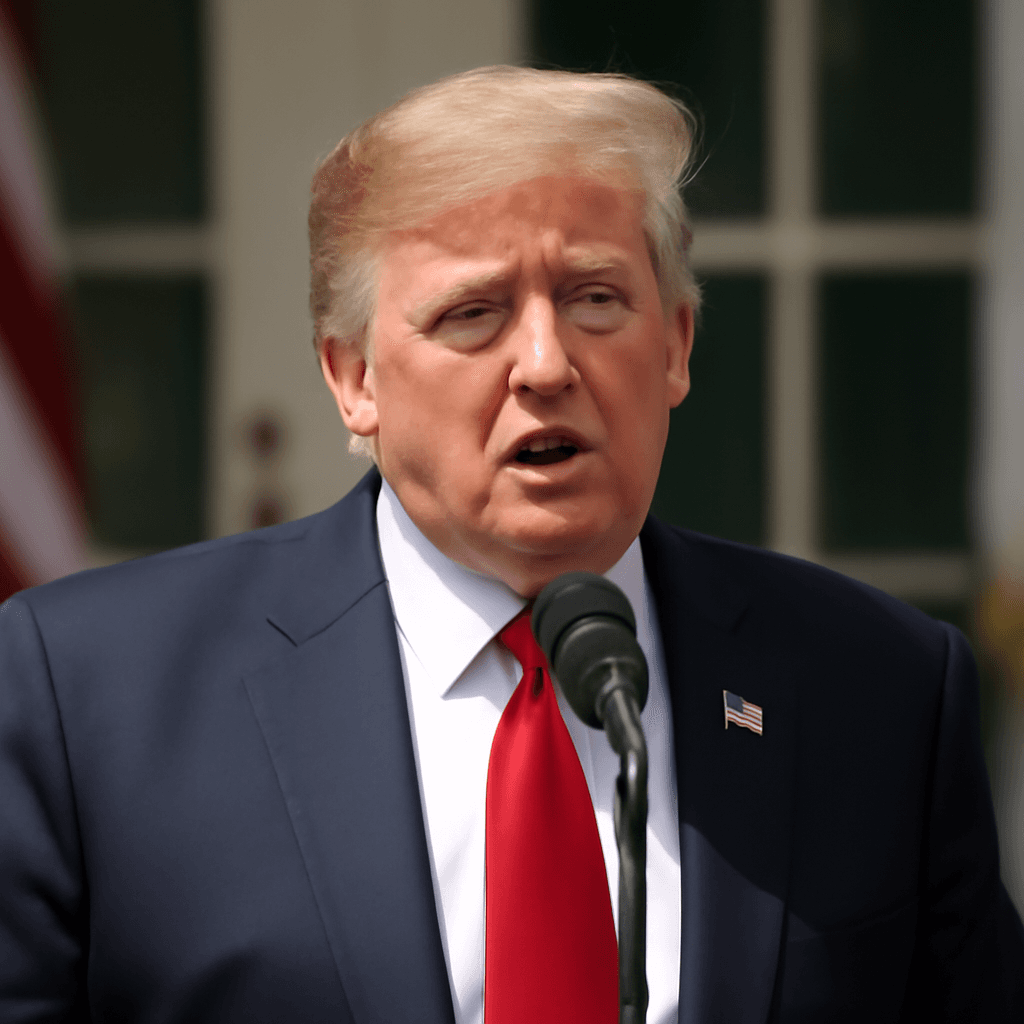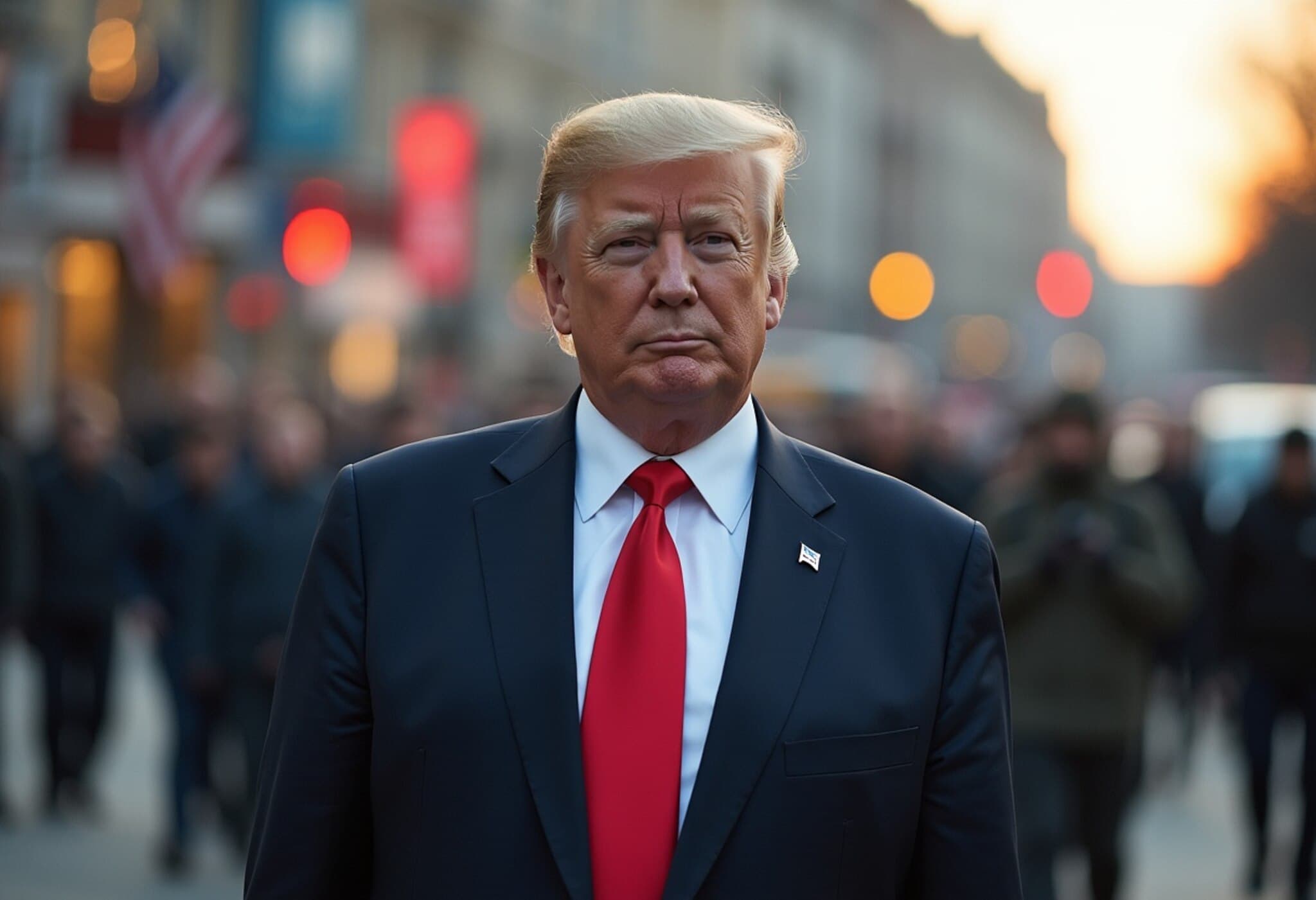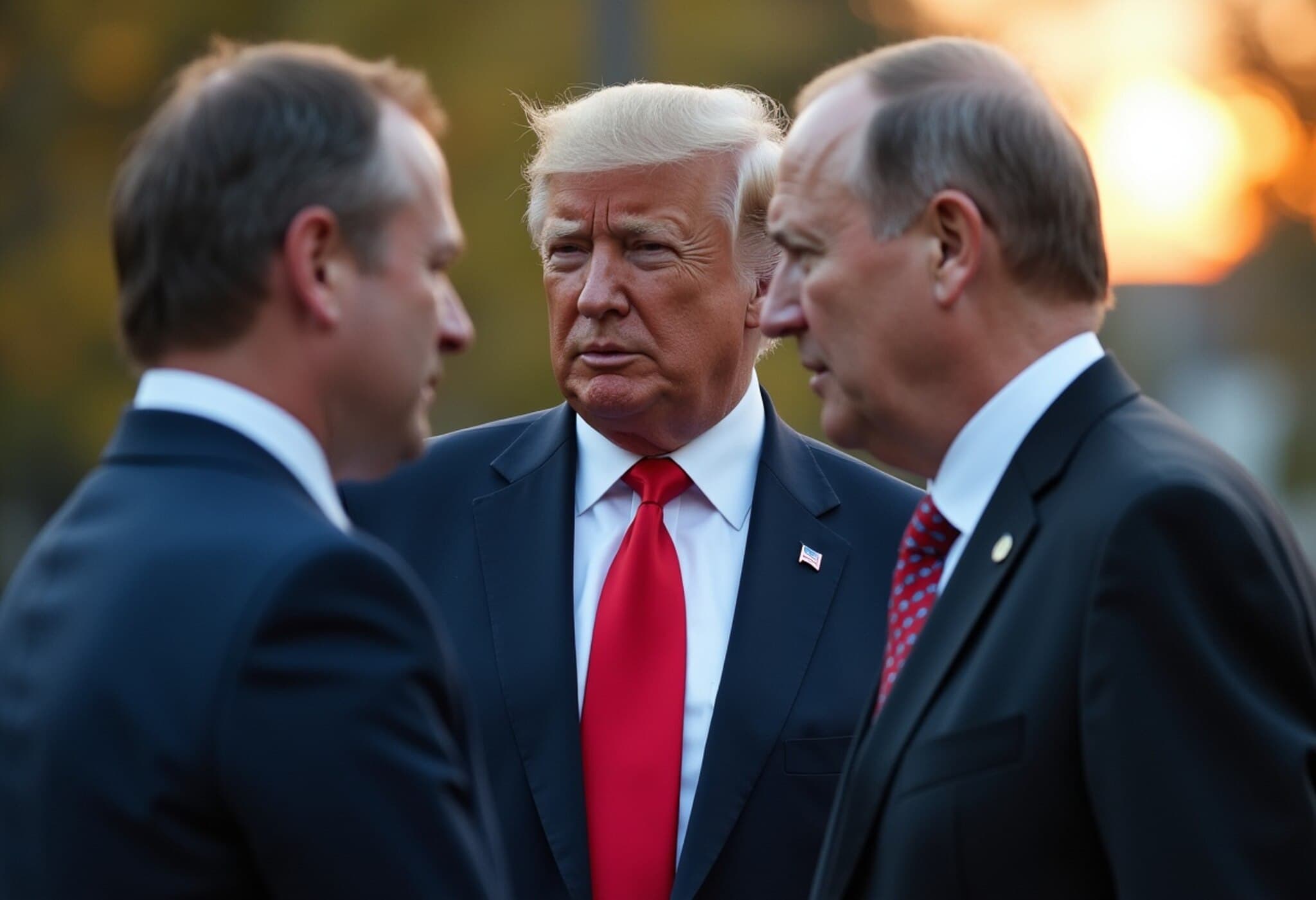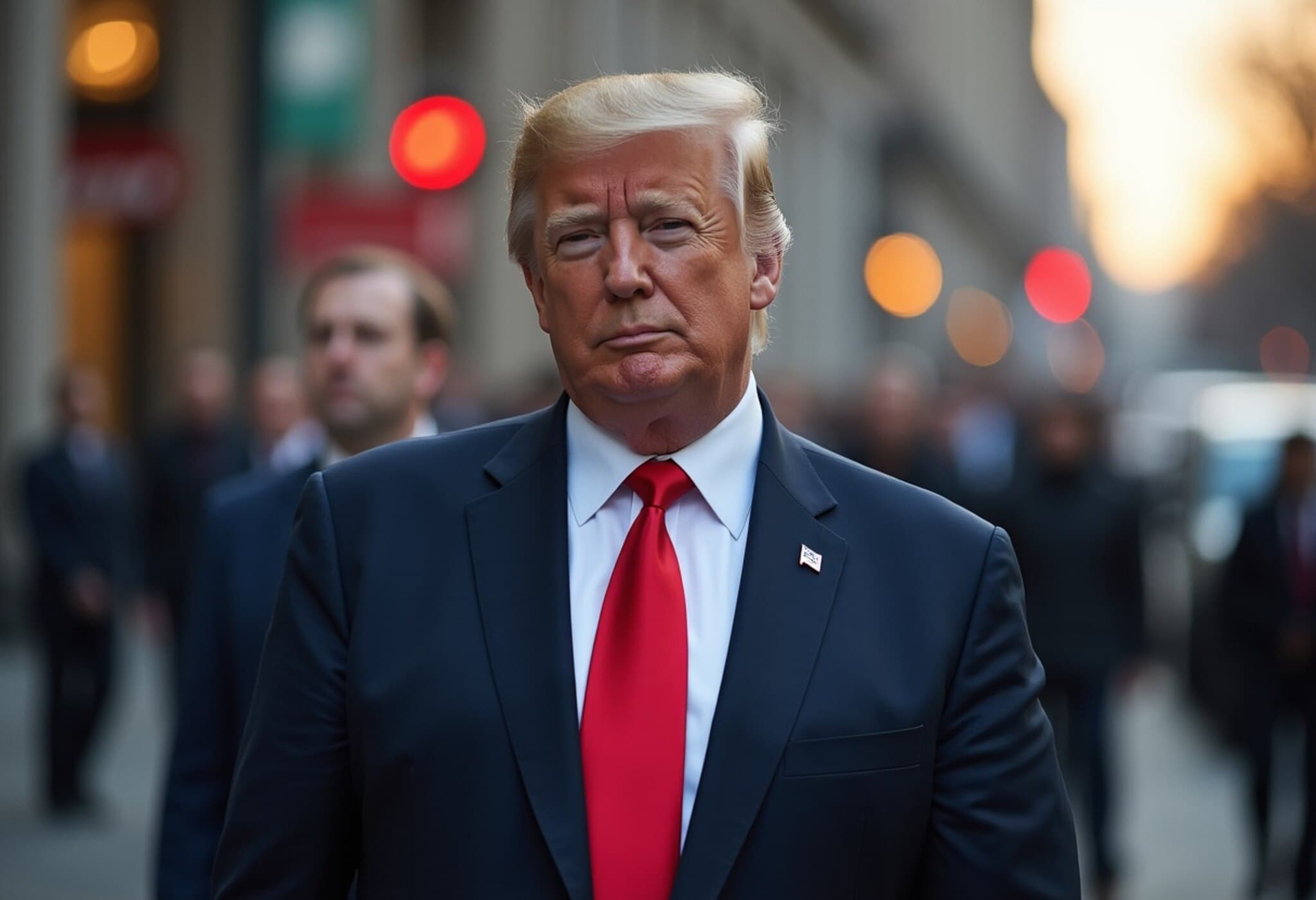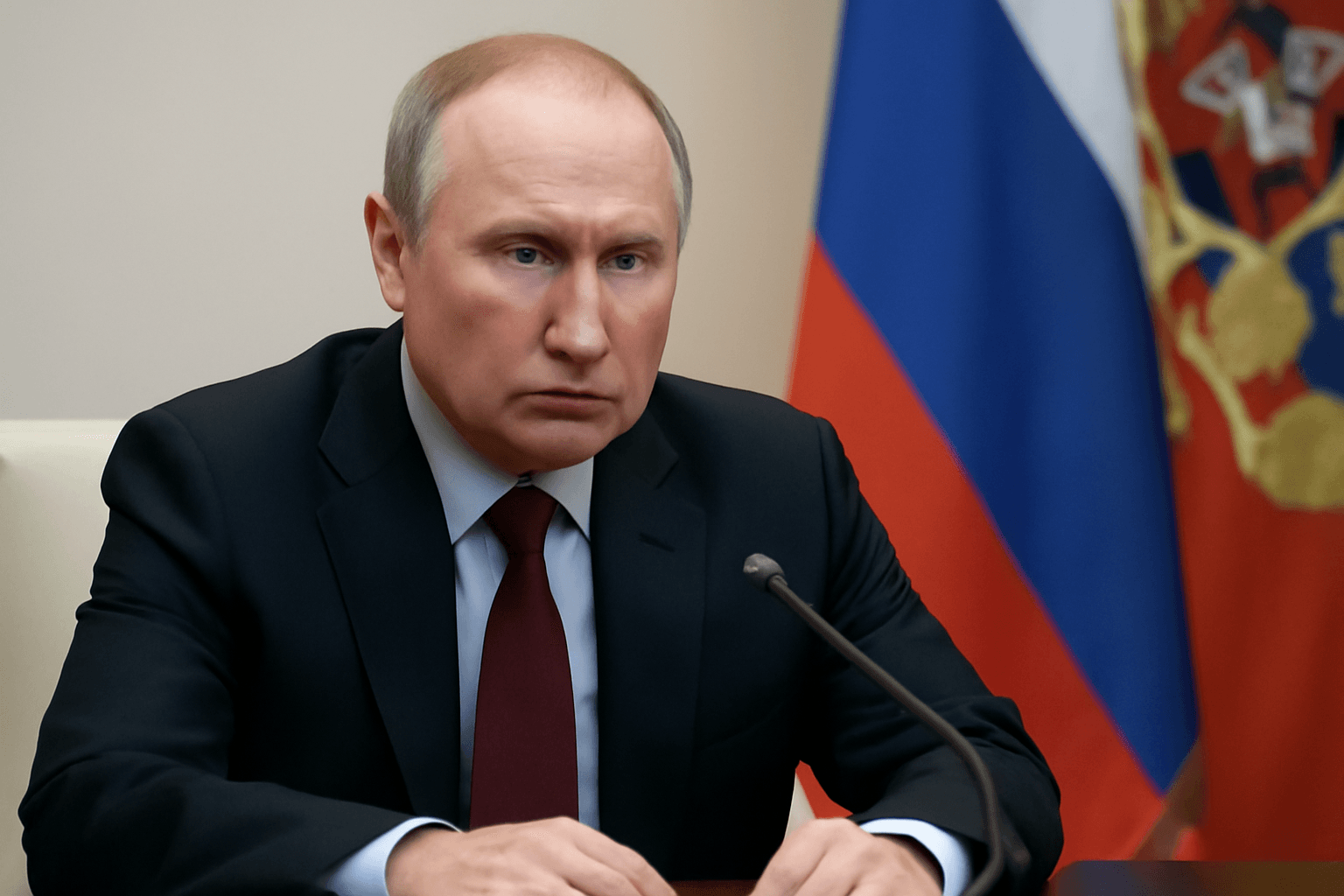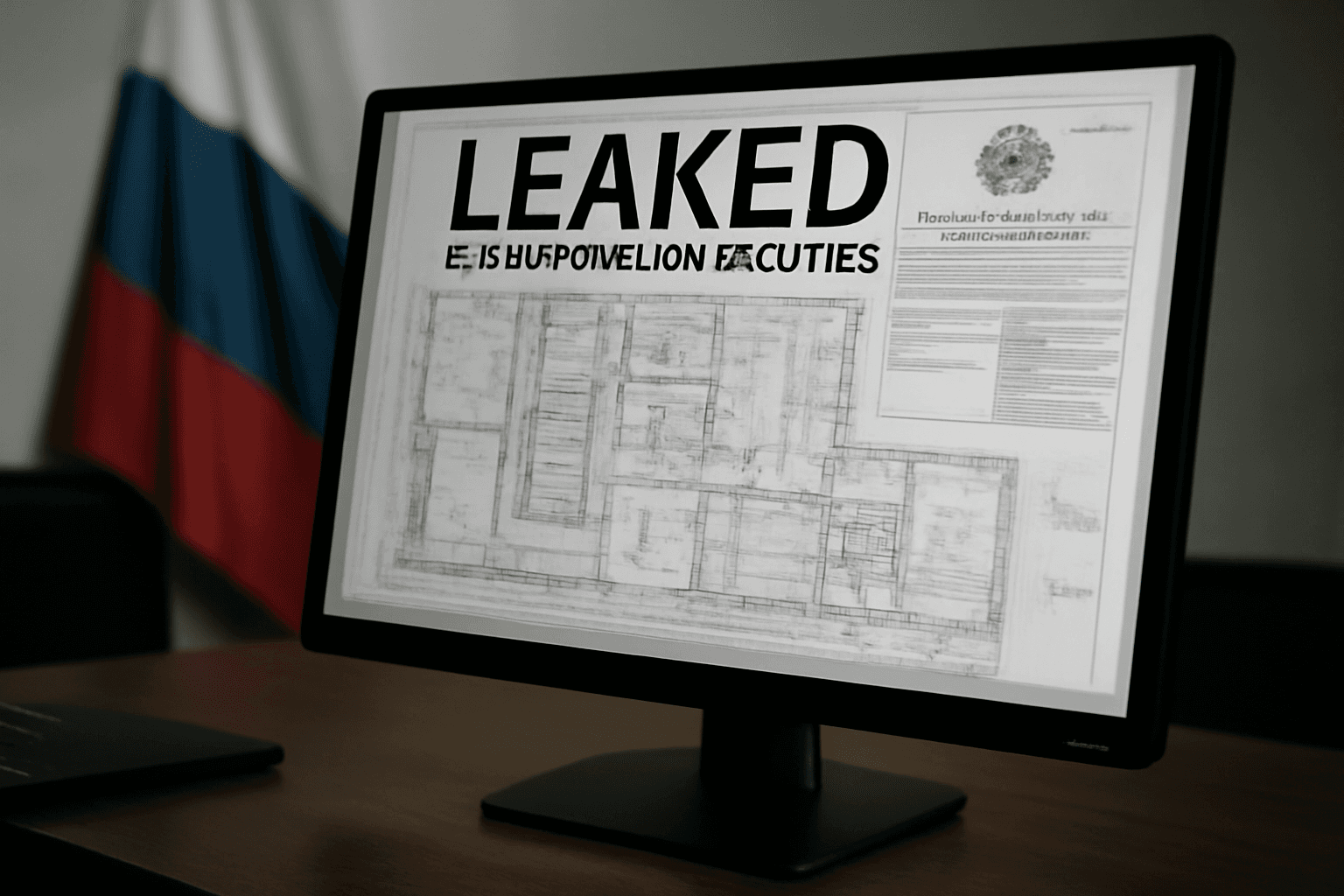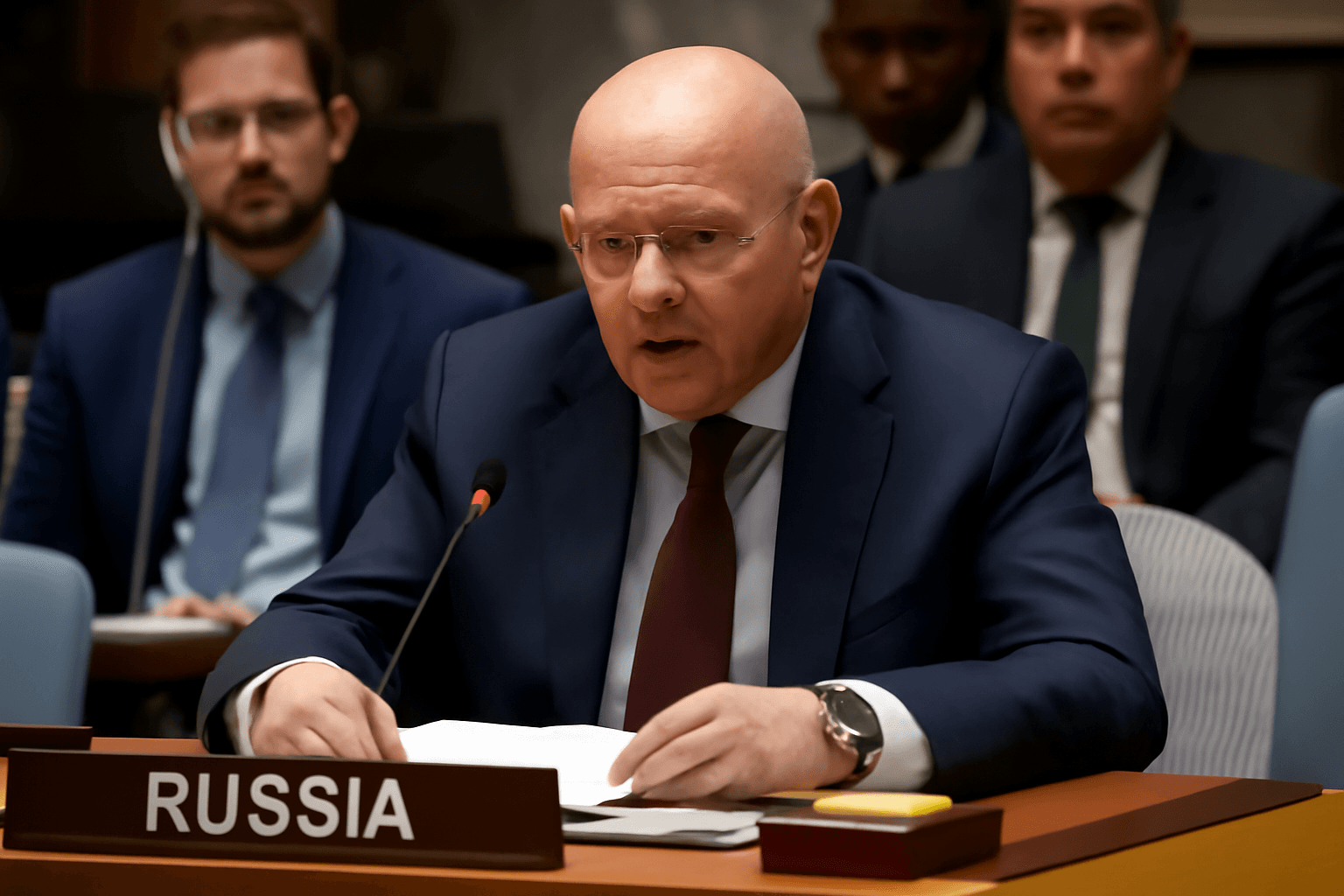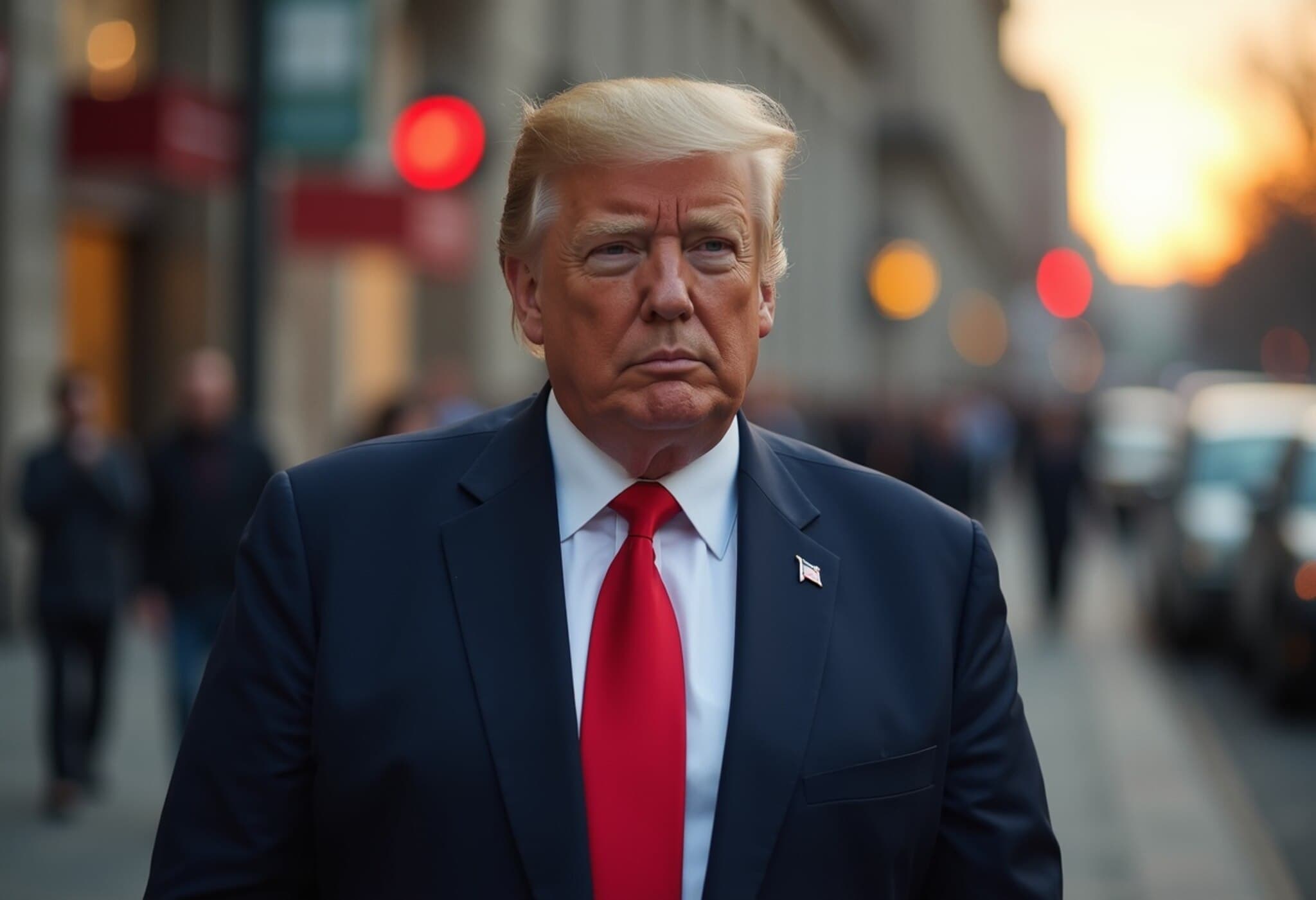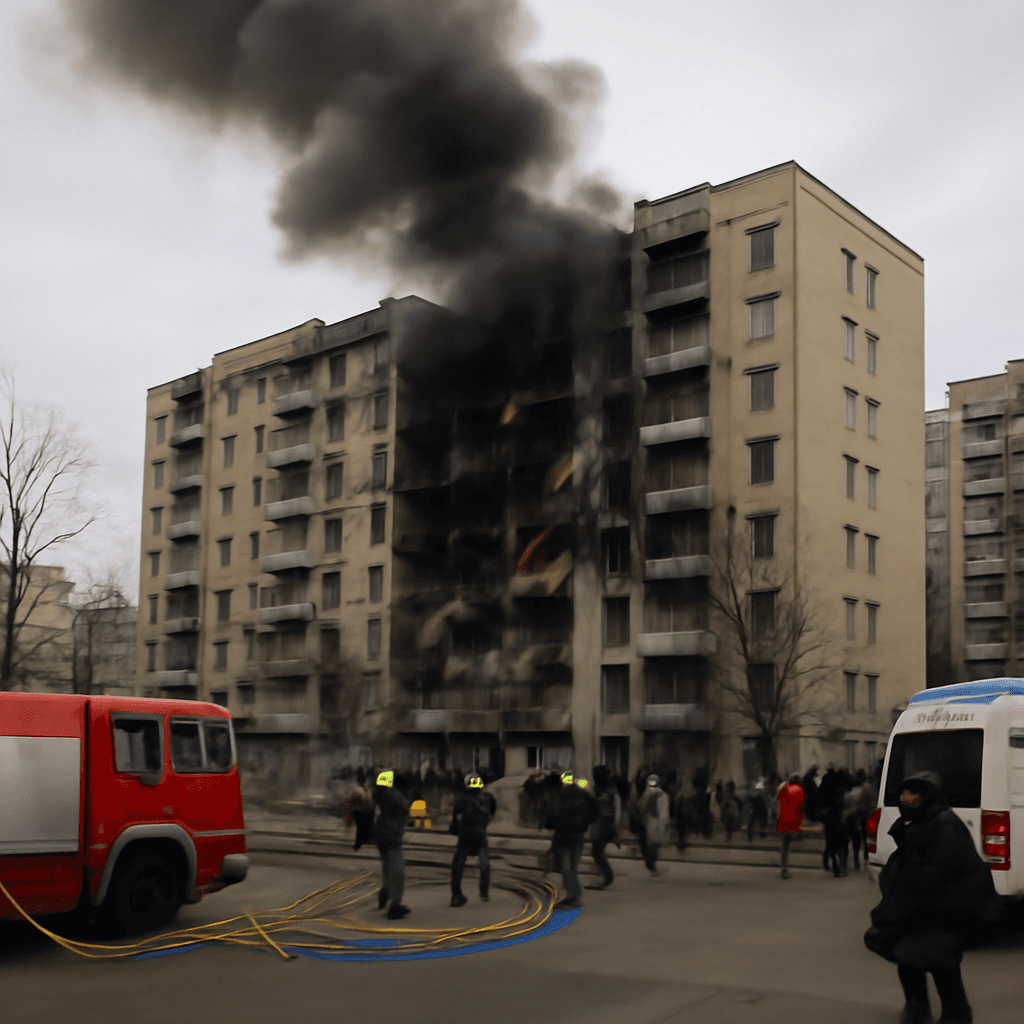US-Russia Diplomatic Encounter Amid Rising Tensions in Ukraine
On July 10, 2025, US Secretary of State Marco Rubio engaged in a high-stakes diplomatic meeting with Russian Foreign Minister Sergei Lavrov in Kuala Lumpur, Malaysia. This encounter took place against the backdrop of intensified Russian military strikes on Ukrainian cities and marked a significant moment in US foreign policy dynamics, notably influenced by former President Donald Trump’s recent hardening stance toward Moscow.
Background: Escalating Conflict and Diplomatic Efforts
Just hours before the meeting, Russian forces launched one of their most aggressive barrages in months targeting strategic locations in Kyiv and Kharkiv. The brutal attacks underline the continuing volatility on the ground, posing challenges to ongoing peace negotiations. Rubio and Lavrov’s discussion occurred on the sidelines of the ASEAN regional summit, reflecting the global stakes involved in this conflict.
Trump’s Unexpected Policy Reversal
Interestingly, the atmosphere surrounding the meeting was significantly shaped by Trump’s recent shift in policy, which contrasts with his previous approach during his presidency. During his term, Trump was often seen advocating a softer dialogue toward Putin and even scaled back military assistance to Ukraine. However, leaked audio recordings have surfaced revealing Trump’s growing frustration with Russia’s tactics and his pivot to holding Moscow accountable for stalled ceasefire talks.
This strategic about-face culminated in Trump's approval of a new, advanced military aid package to Ukraine. US officials suggest that Rubio was in Malaysia to underline this tougher US line, sending a firm message to Russia amid ongoing assaults.
International Context: Europe’s Parallel Diplomatic Moves
Simultaneously, European leaders gathered in Rome at the invitation of Italian Prime Minister Giorgia Meloni to discuss Ukraine and revive peace efforts. This highlights the widespread diplomatic push globally, emphasizing unity among Western allies to pressure Russia toward negotiations.
The Stakes of the Rubio-Lavrov Meeting
- Rubio’s role was perceived less as a negotiator and more as a messenger of warning, signaling a clear shift from diplomatic engagement to deterrence.
- The meeting reflects the evolving nature of US-Russia relations with increased US impatience over Moscow’s military aggression.
- It raises critical questions about the effectiveness of diplomatic channels as violence persists and peace talks falter.
Expert Analysis: What This Means for the Future
Experts view this encounter as emblematic of broader geopolitical recalibrations. The hardening of the US stance, intensified by Trump’s unexpected policy reversal, and coordinated European efforts signal a turning point in international responses to the Ukraine crisis. Yet, uncertainty remains about whether Russia will respond constructively or escalate further.
From a US policy perspective, the deployment of new weapons systems to Ukraine could serve as both a practical and symbolic rejection of Russia’s recent aggression. It also highlights the nuanced role of former political figures in shaping foreign policy narratives, with Trump’s influence continuing beyond his presidency.
Looking Ahead: Signals and Challenges
As the conflict enters this critical phase, several key issues demand close attention:
- Will Russia reinterpret the increased US pressure as a deterrent or a provocation?
- How will continued weapon deliveries impact the conflict's duration and intensity?
- Can regional diplomatic forums such as ASEAN and European summits facilitate meaningful peace progress?
- What role will US domestic politics play in shaping the Biden administration’s evolving Ukraine strategy amidst Trump’s vocal interventions?
Editor’s Note
This meeting between Rubio and Lavrov encapsulates the complexity of international diplomacy amid ongoing conflict. It underscores how shifting political landscapes, including the influence of former leaders like Trump, intertwine with global security concerns. For readers, it invites reflection on the fragile balance between dialogue and deterrence in resolving one of the most consequential conflicts of our time — a conflict reshaping the contours of global power and alliance.
Stay informed with updates as this story develops, understanding that behind every diplomatic gesture lies a web of strategic interests, human costs, and the urgent quest for peace.

